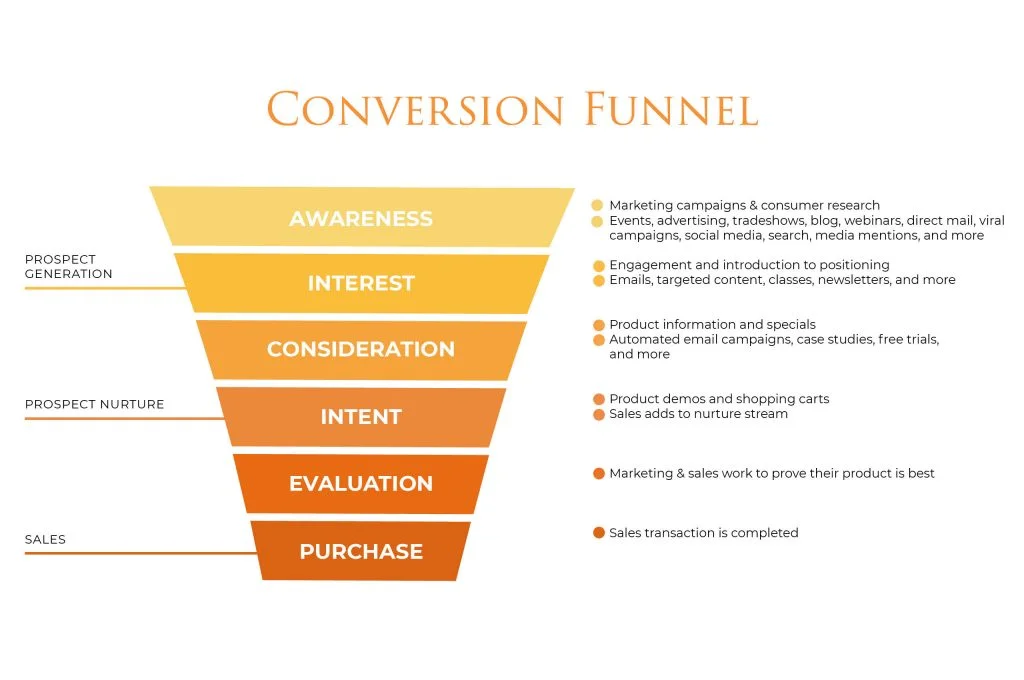In this day and age, it feels like marketing has changed a lot. With Facebook being dominant for the 40’s and 50’s, the 30’s and 20’s are choosing to spend their time on Instagram, and the teens are all over TikTok.
However, whilst the delivery channels have changed throughout the decades, there has been one single marketing discipline that has stayed constant is the principle of Conversion Rate Optimisation (CRO).
The fundamentals of CROs are always the same. To obtain a specific objective, with minimal resources, and at scale as possible.

#1 CRO is timeliness.
Ever since marketing and advertising existed, as long as there is a trackable and measurable medium of marketing communication to a target audience larger than one, then there is always a chance to improve that message.
#2 CRO is channel agnostic
It doesn’t matter what channel or platform of delivery the marketing takes, CRO principles can be applied just as thoroughly to any marketing funnel, not just the
Most commonly, when people hear about CRO, they think about website optimisation, which is true. Running A/B and multivariate tests to test traffic against changes in elements on the page is an entire marketing discipline in itself. But CRO itself is not just about the design of websites.
For example, if you’re running SEO, the conversion rate of SEO will depend on the metrics of Google Search Engine Results Page listing click-through rates, which leads to the website conversion rate, which then results in an actual conversion, like a sale or a lead. Therefore, CRO application can be in the form of improving the meta title/description.
Similarly, if you are running Facebook Ads, it will start with the Facebook Ads obtaining reach in a campaign, which then can branch out into link clicks, engagement and then lead to either two main lead delivery forks, one that is in-Facebook leads and the second which sends traffic to a website asset for further information. Choosing whether to run a single image ad, a carousel ad or a video ad are all choices that impact the conversion rate of the campaign directly.
#3 CRO can be very cost-effective
CRO becomes more cost-effective in direct correlation with overall Potential Conversion Value or PCV, which normally comes in the form of higher traffic or higher revenue/profit per conversion.
Let’s look at an example of higher traffic levels below
An Ignite Search CRO consultant was hired to conduct a CRO campaign that covers a 4-step funnel, for a price of $50,000 to optimise a particular campaign. At every step of the funnel, after optimisation they manage to double the conversion rates at every step.
Let’s analyse how traffic numbers can affect that overall value:
Original at 250k visits
Step 1: 250,000 visits converts as 10%
Step 2: 25,000 converts at 10%
Step 3: 2,500 converts at 20%
Step 4: 500 converts at 20%
# Conversions = 625
Conversion Unit Value = $500
Total Conversion Value = $50,000
Improved
Step 1: 250,000 visits converts as 20%
Step 2: 50,000 converts at 20%
Step 3: 10,000 converts at 60%
Step 4: 4,000 converts at 60%
# Conversions = 625
Conversion Unit Value = $100
Total Conversion Value = $800,000
Original at 2m visits
Step 1: 2,000,000 visits converts as 10%
Step 2: 200,000 converts at 10%
Step 3: 20,000 converts at 20%
Step 4: 4,000 converts at 20%
# Conversions = 800
Conversion Unit Value = $500
Total Conversion Value = $50,000
Improved
Step 1: 2,000,000 visits converts as 20%
Step 2: 400,000 converts at 20%
Step 3: 80,000 converts at 40%
Step 4: 32,000 converts at 40%
# Conversions = 12,800
Conversion Unit Value = $500
Total Conversion Value = $6.4 million
Analysis
In the first scenario, at the 250k traffic level, the consultant was able to achieve a conversion value of $800,000. But with just 2.5 times more traffic at 2m, the overall conversion value jumped 700% to $6.4 million.
Of course, this scenario was designed to make an example, but it shows the overall mathematical power of CRO, when applied to larger numbers, can yield outsized results.
Summary
When you next approach CRO, keep these three eternal principles in mind, strive to think beyond a certain platform or channel and instead look at it from a principle point of view, it will change the way you think about Conversion Rate Optimisation and marketing in general.
If you wish for us to take a look at a potential CRO project to collaborate on, do get in touch with us, and we will be more than happy to help guide you through!










